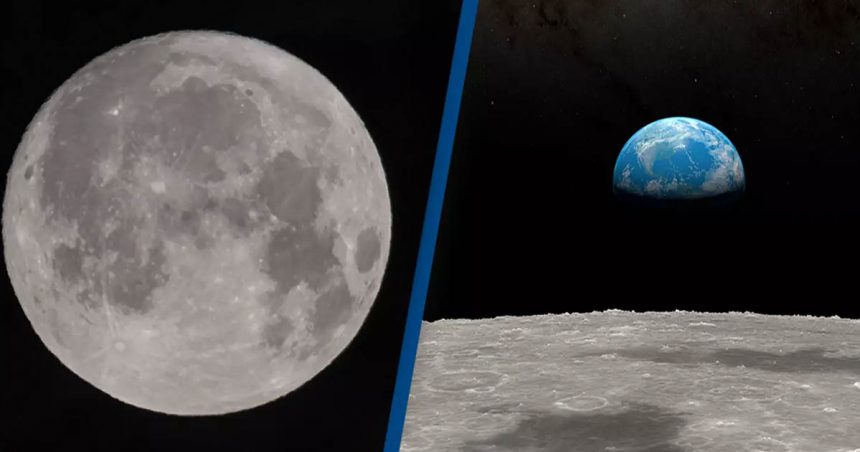Our celestial neighbor, the Moon, is slowly moving away from Earth at a rate of about 1.5 inches (3.8 centimeters) per year. This gradual drift, meticulously measured and studied, has significant implications for life on our planet, impacting our environment and timekeeping in fundamental ways.
Lunar Recession History
The Moon was formed around 4.5 billion years ago from a colossal impact of rocky material with Earth. Initially much closer to Earth, the Moon’s orbit has been gradually expanding, moving away at an initial rate of about 8 inches (20 centimeters) per year. This drift has been confirmed through precise laser measurements from reflectors left on the Moon by the Apollo missions.
Why The Moon is Drifting
The primary reason for the Moon’s drift is gravitational interactions with Earth. The Moon’s gravitational pull causes the ocean tides on our planet, resulting in a frictional drag that slows Earth’s rotation and allows the Moon to move further away. This delicate gravitational dance ultimately predicts the Moon’s eventual escape.
Implications for Earth’s Time and Climate
As the Moon drifts, Earth’s rotation slows down, leading to longer days. This slowing rotation is directly linked to the Moon’s recession, with a significant impact on Earth’s timekeeping and climate over billions of years.
Impact on Tides and Marine Life
The Moon’s gravitational pull on Earth’s tides plays a crucial role in coastal ecosystems that rely on the regular ebb and flow of tides. The Moon’s drift will significantly affect tidal activity, potentially disrupting marine life and coastal habitats.
Effects on Earth’s Rotation and Axis
The Moon’s movement also stabilizes Earth’s axial tilt, which governs our seasons. The Moon’s drift could lead to greater variations in Earth’s tilt, impacting global climates and weather patterns, potentially altering the seasons as we know them.
The End of Total Solar Eclipses
Due to the Moon’s recession, total solar eclipses are predicted to become a thing of the past. As the Moon moves away, it will no longer be able to fully obscure the Sun, resulting in only partial eclipses. Scientists estimate that in about 600 million years, total solar eclipses will no longer occur.
Geological and Astronomical Studies
Research on ancient rock formations provides valuable insights into the Moon’s historical recession rates. By analyzing sediment layers, scientists can understand past changes in Earth-Moon dynamics, contributing to accurate models of the solar system’s evolution and the Moon’s influence on Earth’s geological and climatic history.
Conclusion
The Moon’s slow departure from Earth has profound implications for our planet’s rotation, tides, climate, and overall environment. Through ongoing scientific study, we gain a deeper understanding of the intricate relationships within our solar system and the ever-evolving nature of our universe.
Sources
- “What Would Happen If the Moon Drifted Away From Earth?” Now. Amanda Maxwell. May 18, 2022
- “The Moon is drifting away from Earth and it’s having a major impact on time.” Unilad. Callum Jones. June 7, 2024
- “The Moon Is Slowly Moving Away From Earth. Will We Ever Drift Apart?” IFL Science. James Felton. September 12, 2023
- “Our moon has been slowly drifting away from Earth over the past 2.5 billion years.” Space. Joshua Davies and Margriet Lantink. October 17, 2022






